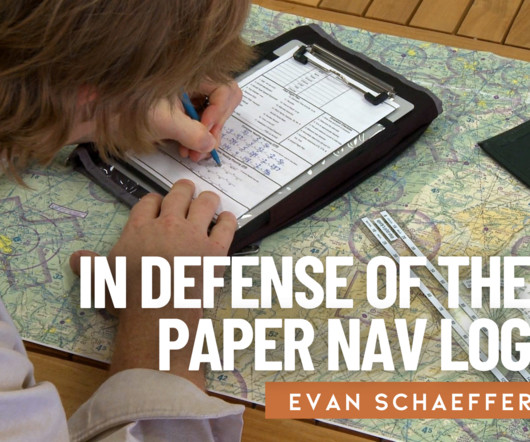Go-Around Required
Plane and Pilot
JUNE 23, 2025
While it wasn’t a particularly hot day, Big Bear’s density altitude was reported as 8,200 feet, resulting in a higher true airspeed compared to indicated airspeed. Increasing true airspeed makes the turn radius wider, resulting in an overshoot. There were other factors combining to cause the overshoot.










Let's personalize your content